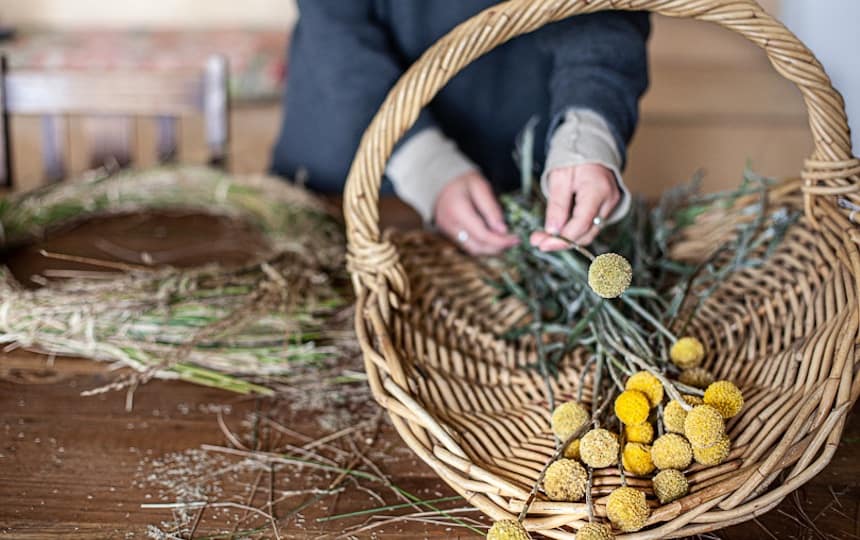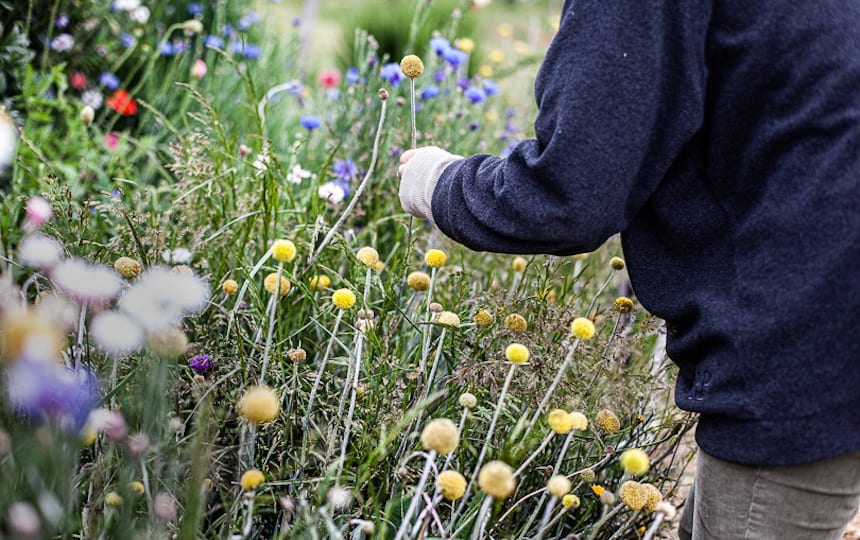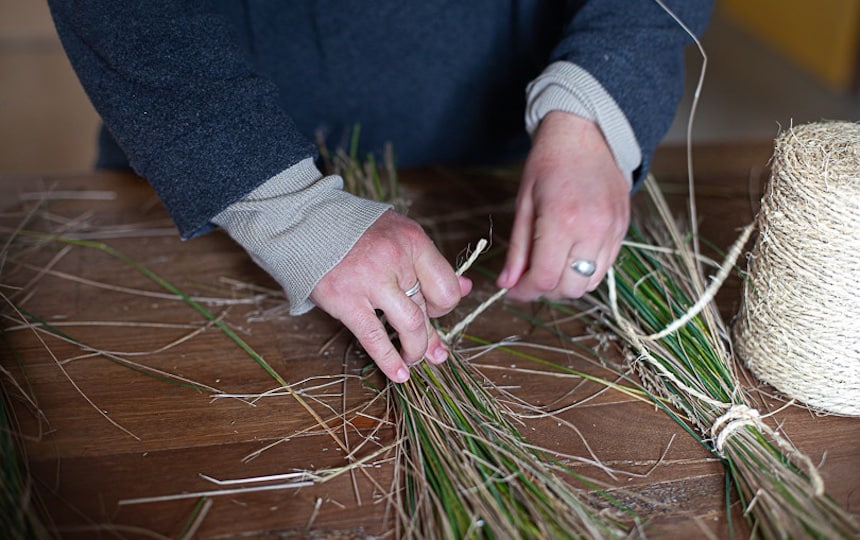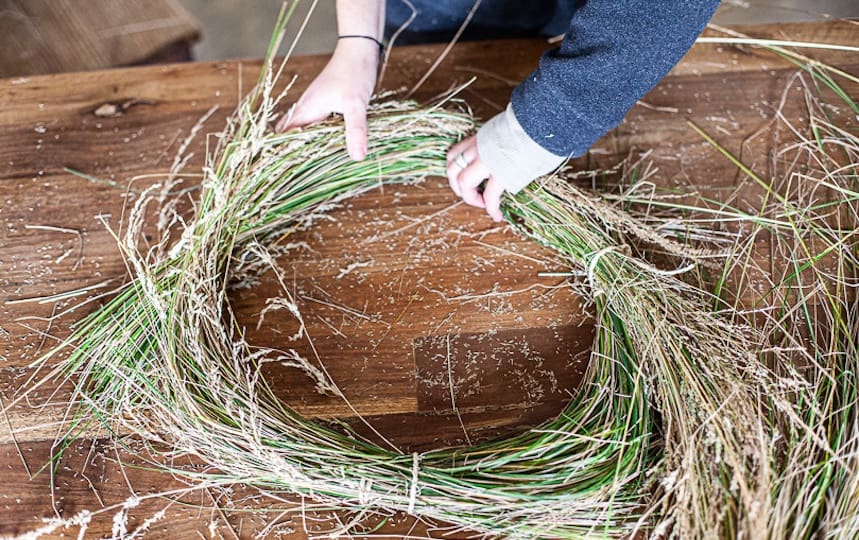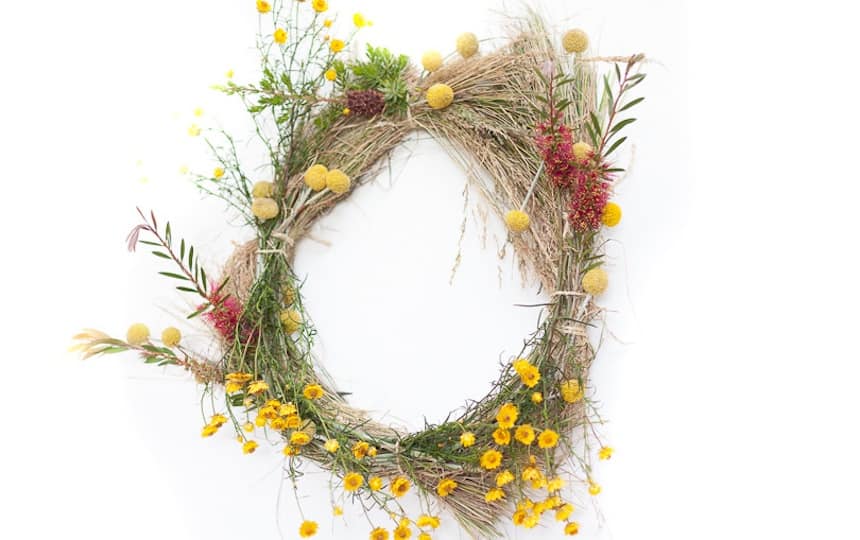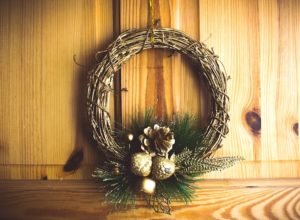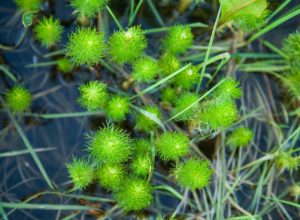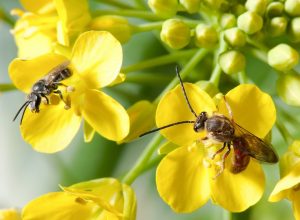We show you how to make an Australian native Christmas wreath using native foliage and flowers from our beautiful land.
The traditional Christmas wreaths of evergreens, holly oak and red berries seem somewhat out of place in our hot summer climes, so why not pay homage to our beautiful Australian foliage and flowers with a native Christmas wreath instead?
The possibilities are endless once you open your mind to a range of textures and colours, and the learning curve exciting as you begin to familiarise yourself with the exquisite foliage of our country.
Plants to look for when making your native Christmas wreath
Look for trees and shrubs such as eucalypts, wattles, sheoaks, banksias, callistemons, grevilleas and waratahs. Search for flowers and trees indigenous to your area and create a wreath inspired by the very place where you live.
Kangaroo paws and hakeas, paper daisies and scaly buttons, native grasses such as poahs and spear grasses are found in abundance and make hardy wreaths.
See what you can find by taking a walk in your nearest bushland, reserve or park, or around your neighbourhood. Use it as an opportunity to get to know the people in your area as you spot various possibilities in neighbouring gardens that prompt a door knock and a big “Hello!”.
Responsible harvesting
Be sure to harvest only a little and never from wildflowers or plants that are threatened species or where signage clearly states that plants must not be taken.
Take a small sample if you are not sure of what you have found and have it identified. A native wreath gives us the opportunity to learn about our local plants and to plant native flowers, trees and shrubs in our gardens for future harvests.
How to make a native Christmas wreath
Regardless of what foliage and flowers you have found the principles of creating a native Christmas wreath are simple.
Aim for a circular shape but don’t be too precious about it being a perfect circle. Use string made from a natural fibre so that at the end of the wreath’s life cycle it can go straight into the compost and all of its parts become food for your new indigenous or native plantings.
Lay your foliage on a table or ground to assess what you have and to visualise the creation you will make.
The wreath circle
For the foundation of the wreath (the part that creates the circle) use the hardiest plants found and create five or six bunches and tie each bunch with the natural fibre string you have.
Then begin to lie the foundation bunches on top of each other with an overlap so that you can tie one bunch to another, while at the same time creating extension to achieve a circle.
When you tie the bunches together place the knot at the back of the foliage so that it can’t be seen. The more fragile decorations will be threaded through the various ties once the circle has been completed.
Allow tufts of grass, eucalypt or acacia to cascade out of the circle if you wish to create a more loose and wispy form or tie it all into itself if you wish for a tight circle.
With the circle completed there will be five or six points where decorative flowers, banksia pods, callistemon, kangaroo paws or paper daisies, etc can be inserted to enrich the final shape.
The wreath shown here was made using poah grass (to make the circle), callistemon flowers, Billy Buttons, and sticky everlastings from our garden.
The process of finding, researching, learning and making creates meaningful rituals for big celebrations. Enjoy!
Images: Village Dreaming

